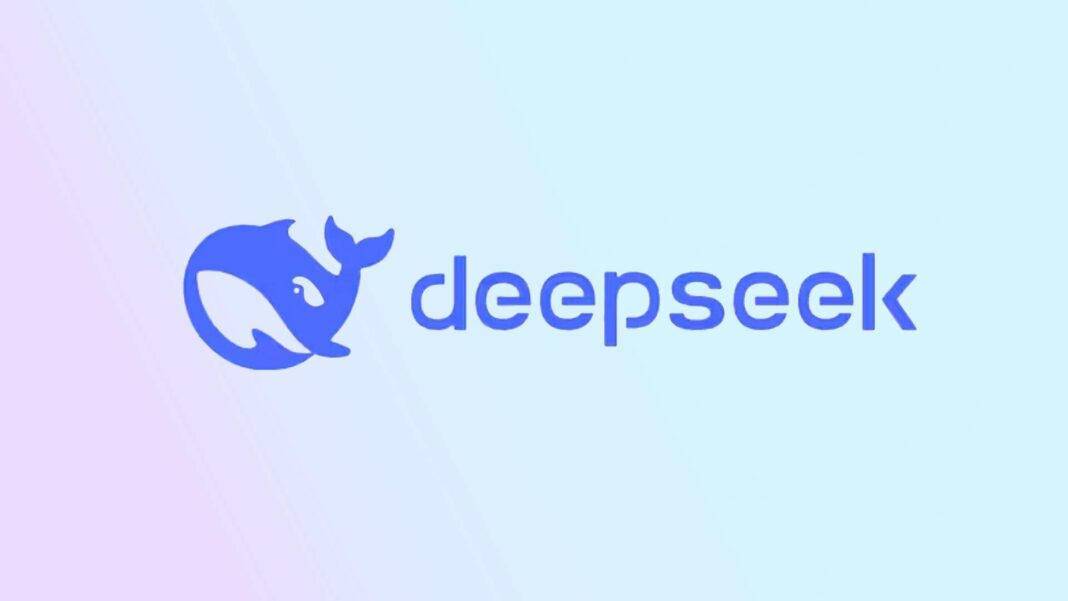DeepSeek, a Chinese open-source AI service launched in 2023, has quickly emerged as a strong competitor to ChatGPT, topping the iPhone app charts in January 2025. Known for its cost-effective models, DeepSeek offers advanced AI solutions across various sectors. With its commitment to open-source development and a focus on ethical technology, DeepSeek aims to reshape the AI landscape while attracting global researchers. However, its success raises questions about sustainability amid potential political challenges.
DeepSeek: The Emerging Contender in AI
Since its launch in November 2022, ChatGPT has established itself as the leading platform in generative artificial intelligence. While many competitors have surfaced, such as Gemini, Perplexity, and Claude, none have managed to surpass OpenAI’s application in terms of downloads—until now. On January 26, 2025, DeepSeek, a Chinese open-source service, rocketed to the top of the iPhone app charts, fueled by a remarkable social media buzz.
What Is DeepSeek and What Does It Offer?
DeepSeek, founded in 2023, aims to position China as a formidable player against major American tech giants. Its cutting-edge models, R1 and V3, stand out for their remarkable efficiency and affordability. To better understand DeepSeek, we prompted its DeepSeek-V3 model to provide a brief overview. The chatbot described DeepSeek as a company dedicated to developing advanced AI solutions tailored to meet the intricate demands of both businesses and individuals. Leveraging deep learning and data processing expertise, DeepSeek creates systems that can autonomously analyze, predict, and interact. Its applications span various sectors, including voice and visual recognition, business process automation, and personalized user experiences.
DeepSeek is committed to an innovative and ethical approach, positioning itself as a key player in the digital transformation landscape. Its technologies are designed to enhance strategic decision-making, boost operational efficiency, and foster smarter human-machine interactions. With a forward-thinking vision, DeepSeek is tirelessly exploring the realms of AI while ensuring responsible and transparent use of its solutions.
In terms of cost-effectiveness, DeepSeek has made headlines by developing sophisticated models with a mere $5.6 million in funding, significantly less than the $100 million allocated for models like GPT-4. The API usage rates are also impressively low—30 times cheaper than OpenAI’s offerings—making it a compelling option for developers interested in creating their own chatbots. Interestingly, DeepSeek utilizes “older” Nvidia H800 chips, yet preliminary tests suggest it outperforms GPT-4o and model o1 in various tasks.
DeepSeek has created several advanced models, including the versatile DeepSeek-V3, designed to rival GPT-4o, Claude-3.5, and Gemini. This model excels in answering questions, analyzing documents, and generating text across different styles. Additionally, the company has introduced specialized models for coding and mathematics, including the DeepSeek-R1, a reasoning model that competes with ChatGPT-o1 at a fraction of the cost per query. Researchers are already positioning it as a strong competitor to OpenAI’s upcoming super model, o3.
Another significant aspect of DeepSeek is its commitment to open-source development. Contrary to some analysts’ claims that DeepSeek poses a challenge to American research, experts like Yann LeCun from Meta view it as a potential embarrassment for large private entities such as OpenAI and Google, which have been outpaced by open-source technologies. The source codes for both DeepSeek-V3 and DeepSeek-R1 are publicly accessible, allowing anyone to utilize them, marking a distinct approach that could attract top researchers to China.
For those wishing to interact with DeepSeek, the easiest method is to visit chat.deepseek.com or download the app on iOS or Android devices. The model is also available through Perplexity, an AI-powered search engine, which hosts a version of DeepSeek-R1 on its servers in the United States.
However, potential users may wonder about the implications of engaging with a Chinese LLM, given the regime’s restrictions on speech. While the DeepSeek chatbot is free to use online and via app, it does adhere to censorship guidelines, refraining from discussing the Chinese government and halting text generation when queried about China. Thus, viewing DeepSeek merely as “a Chinese ChatGPT” oversimplifies its capabilities. While it has limitations, the open-source framework can be beneficial for developers and may accelerate the development of cost-effective chatbots in the American or European markets.
Will DeepSeek ultimately dethrone ChatGPT? By achieving the number one spot on the American App Store in January 2025, DeepSeek has undeniably altered the AI landscape. No competitor has reached such heights despite significant investments. Its rise has been primarily driven by social media excitement rather than hefty financial backing.
As for the sustainability of DeepSeek’s success, that remains uncertain. Given the unpredictable nature of tech trends and potential political influences, such as the protectionist policies seen in the past, it’s conceivable that DeepSeek may not maintain its lead indefinitely. ChatGPT is likely to bounce back quickly, reclaiming its position.
Ultimately, DeepSeek’s triumph lies in its unbeatable cost-efficiency, sending a clear message to the United States about the feasibility of sustainable AI without reliance on superpowered servers. This success story may well inspire OpenAI, Google, and Anthropic to rethink their strategies.
